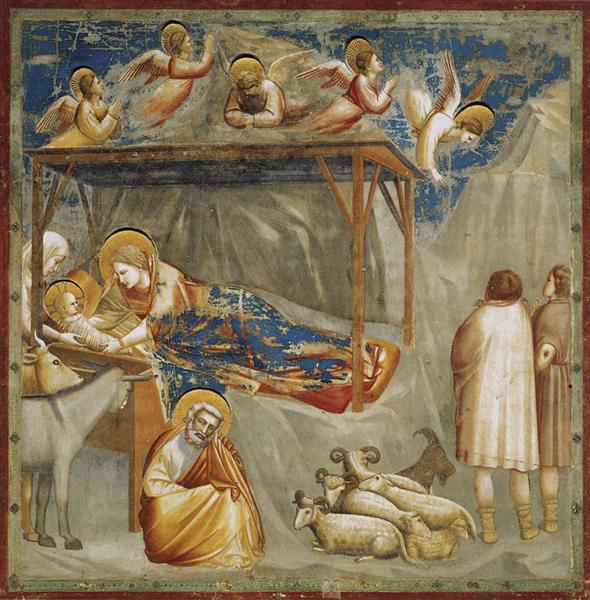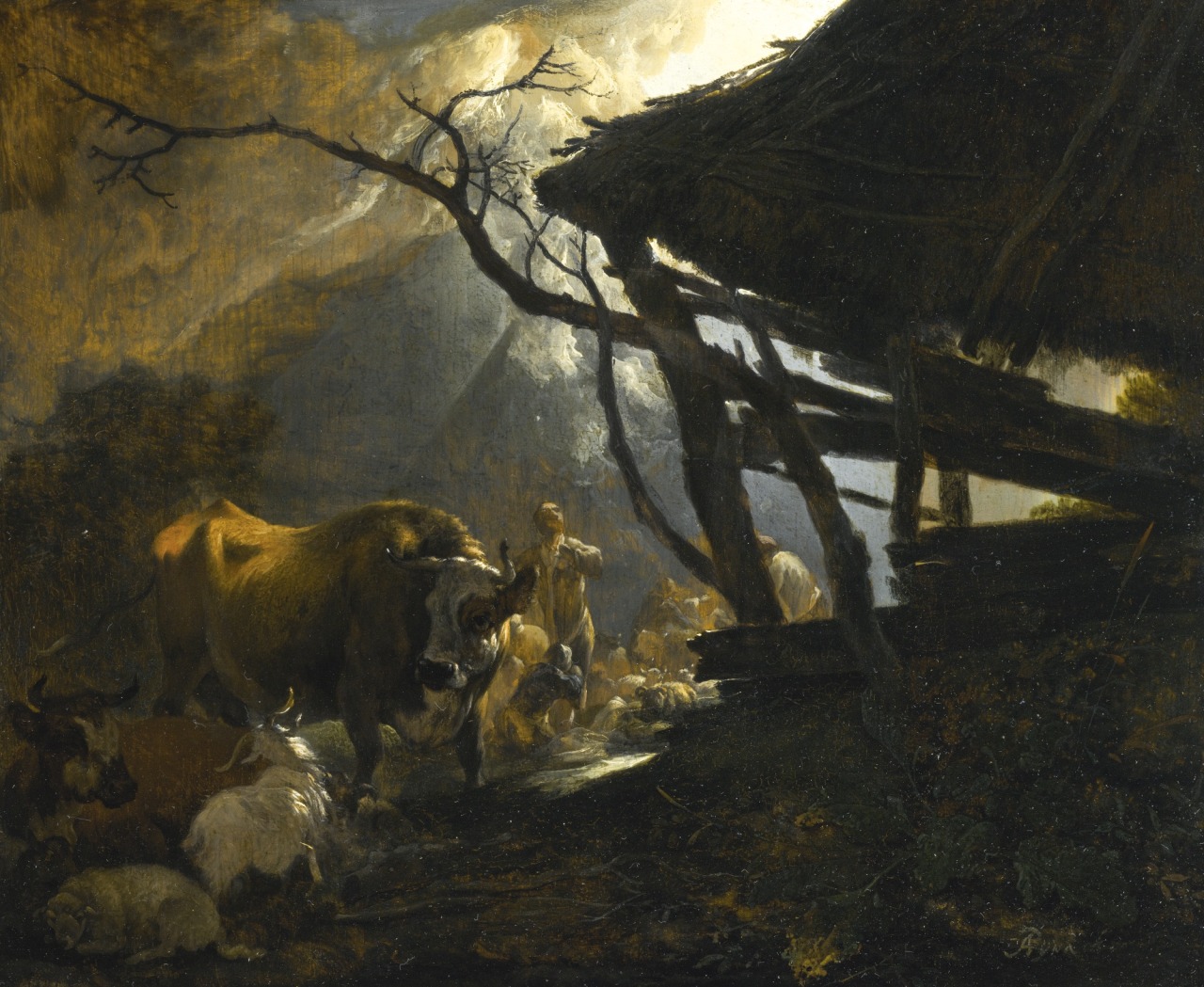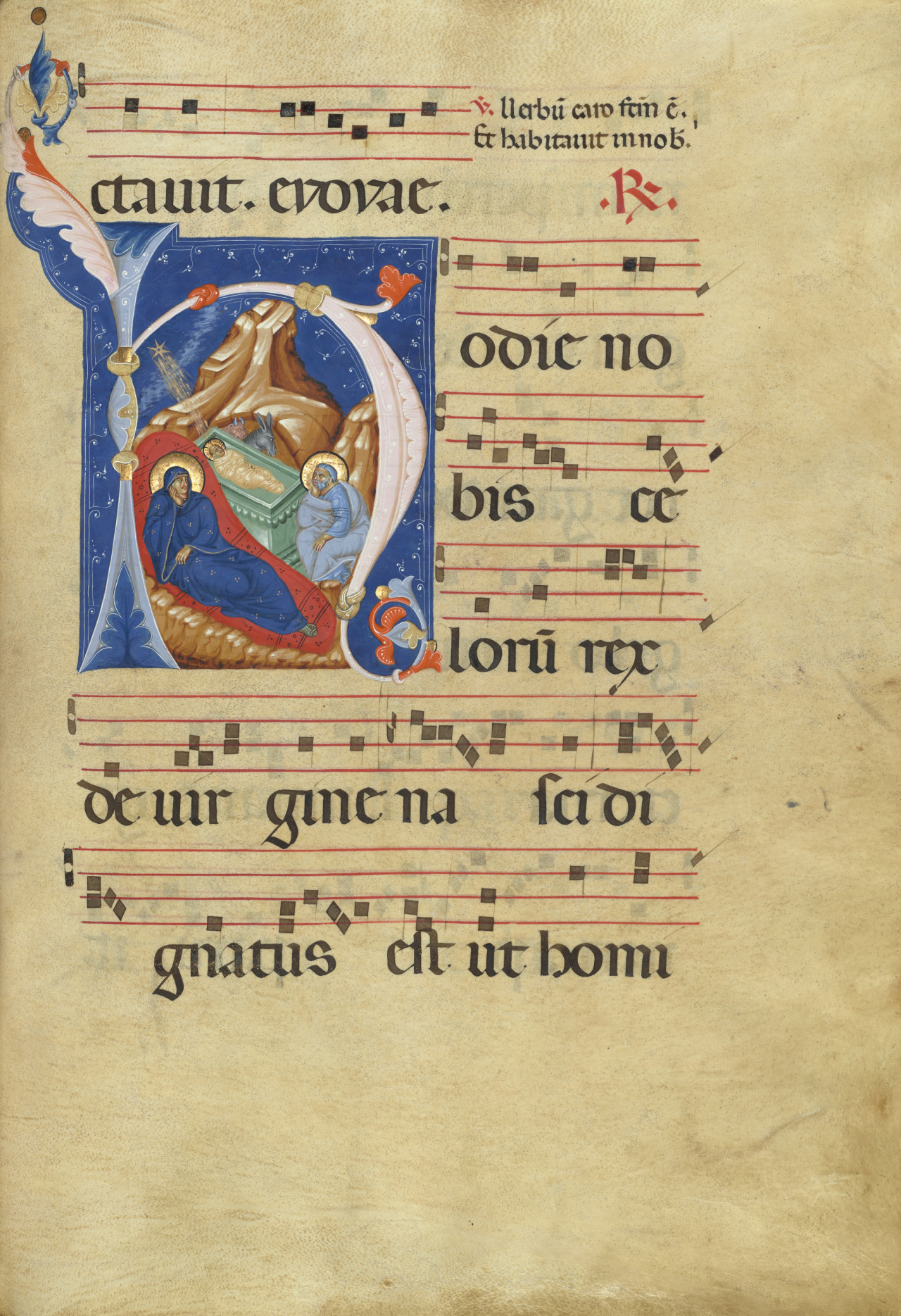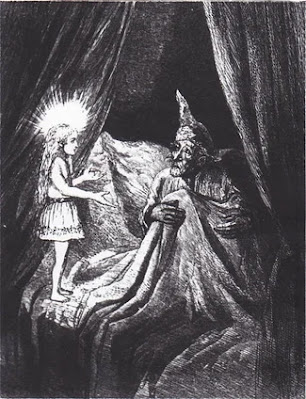
Should old acquaintance be forgot,
and never brought to mind ?
Should old acquaintance be forgot,
and old lang syne ?
CHORUS:
- For auld lang syne, my dear,
for auld lang syne,
we'll take a cup of kindness yet,
for auld lang syne.- ~ "Auld Lang Syne"
- The phrase "old lang syne" means "long, long ago" or "days gone by" in the Scots dialect. The Scottish poet Robert Burns composed the poem based upon a traditional song. According to the background notes on the Cantaria site:
Robert Burns sent a copy of the original song to the British Museum with this comment: "The following song, an old song, of the olden times, and which has never been in print, nor even in manuscript until I took it down from an old man's singing , is enough to recommend any air." (Gavin Grieg: "Last Leaves of Traditional Ballads") He set it to a traditional Scottish air that is quite different than the popularized version.
Throughout the English-speaking world, Auld Lang Syne is traditionally sung on New Years Eve (known as Hogmanay in Scotland). That tradition does not hearken back to Burns but rather only to Canadian band leader Guy Lombardo who sang at midnight January 1, 1929 in the Roosevelt Hotel in New York City. Guy Lombardo's orchestra played the song every New Years Eve, in live broadcast from New York, until 1976. Since then, their recording has been played each year as part of the Times Square "ball drop." (Sheet music for the familiar New Years Eve version.)An article in The Scotsman shares the following insight:
As Thomas Crawford wrote in his important critical examination, Burns: A Study of the Poems and Songs: "In Auld Lang Syne, Burns brings together two different types of nostalgia for past shared happiness, and makes of them a single, compound emotion. Thus our feelings develop as we sing it, until by the end of the song we seem to experience a distillation of all the mutual loyalty, all the partnerships between individuals that have existed since the world began."A very true observation. For more on Scottish Hogmanay customs, click HERE. Happy New Year!

(Artwork from Karen) Share
























_(14593231638).webp)












